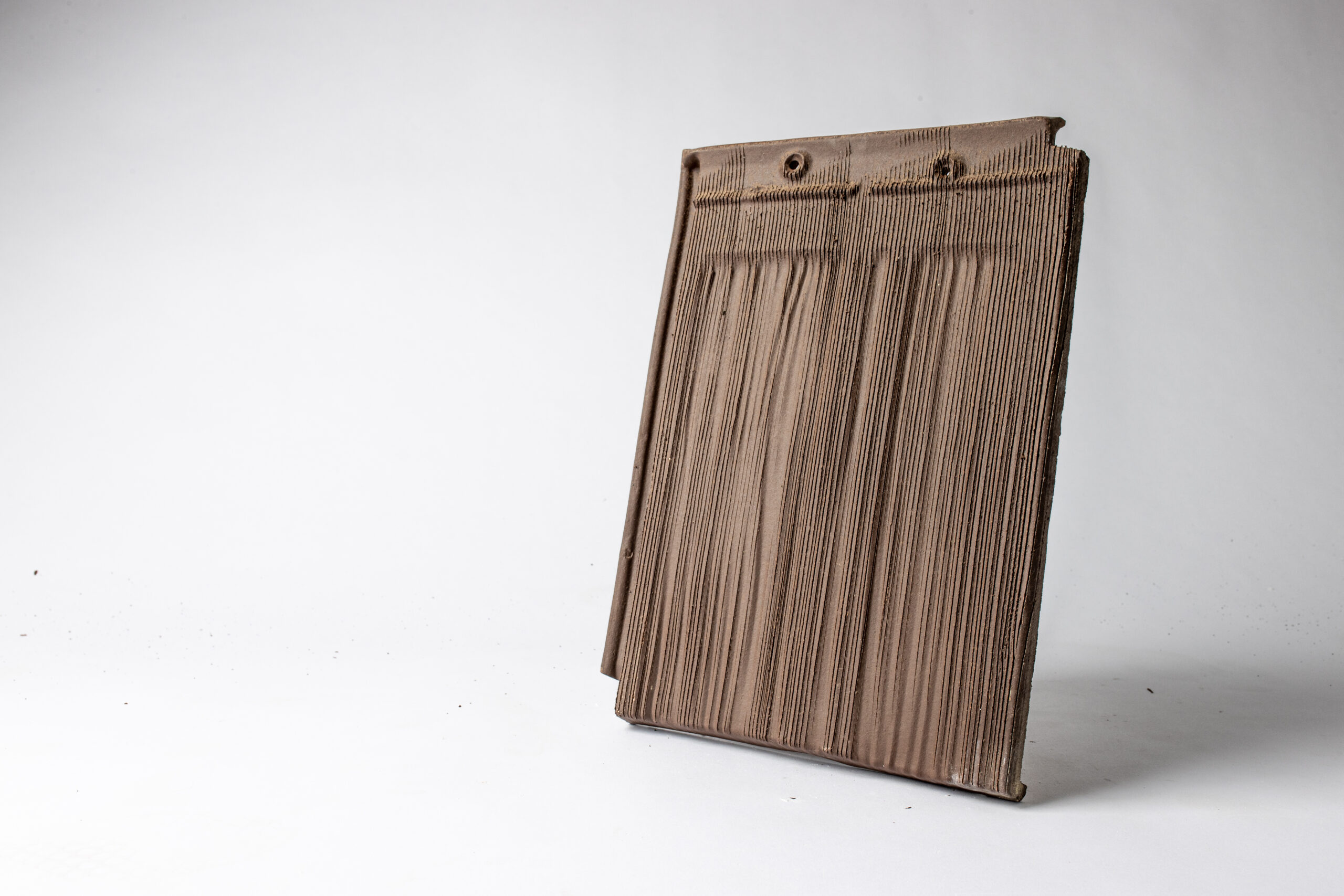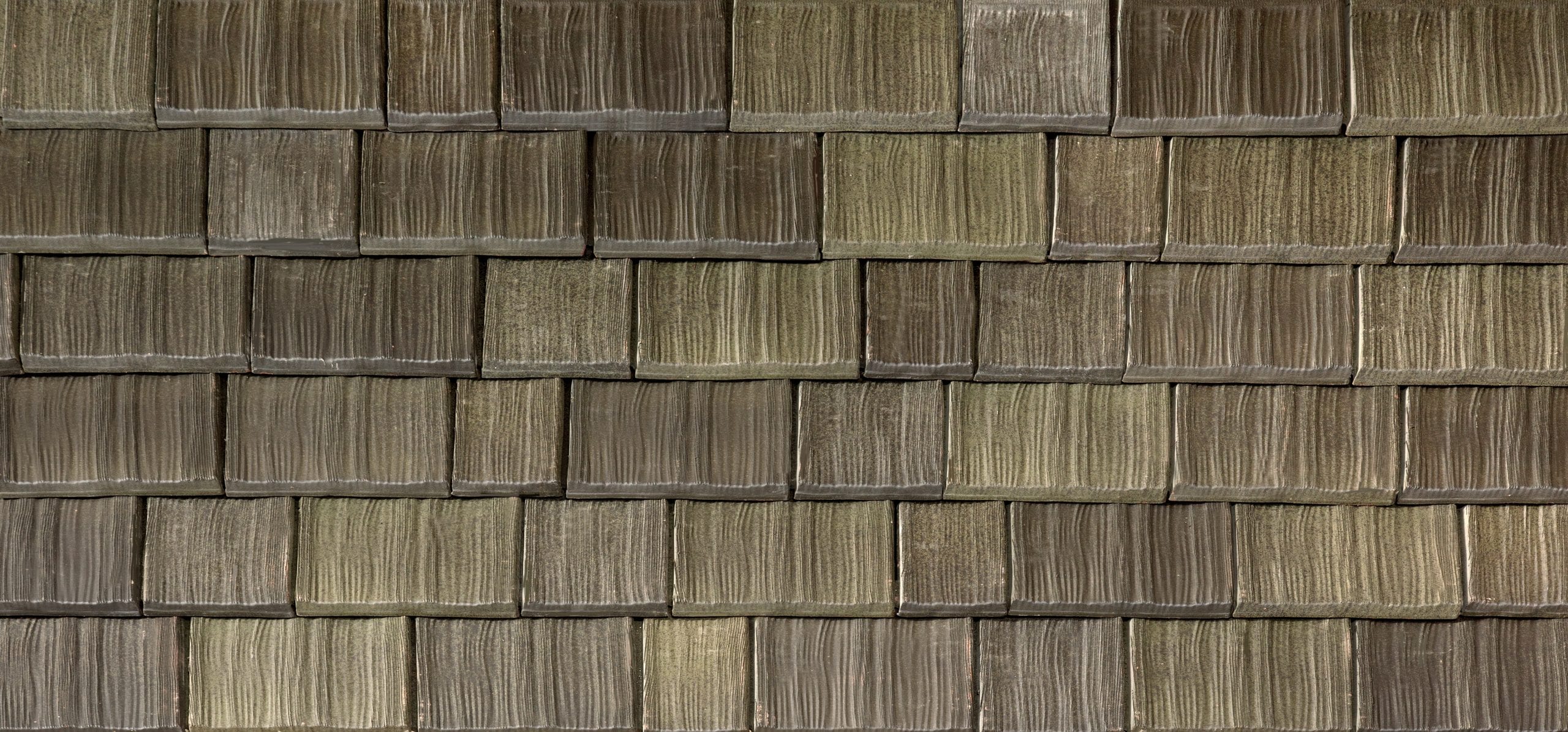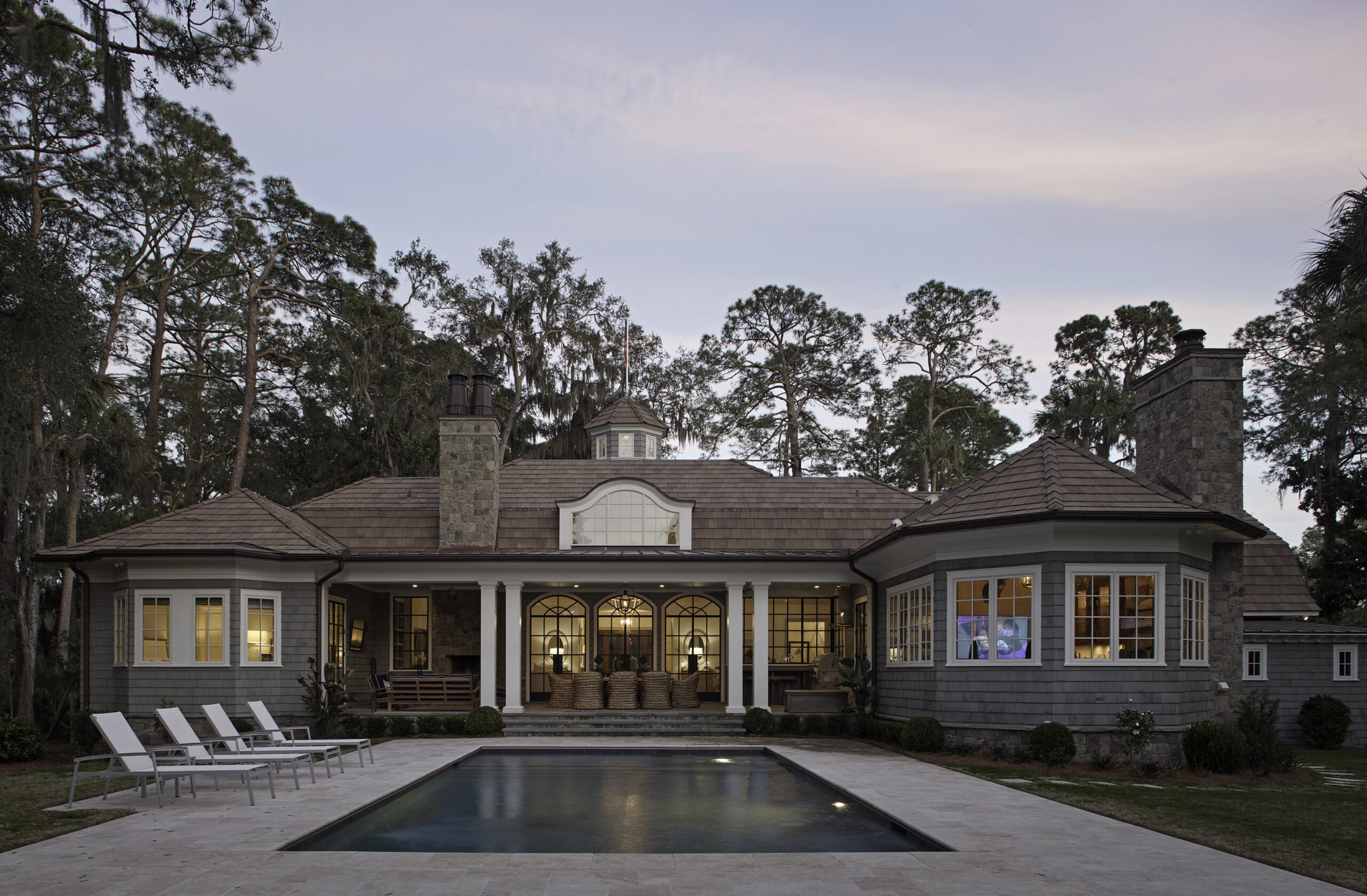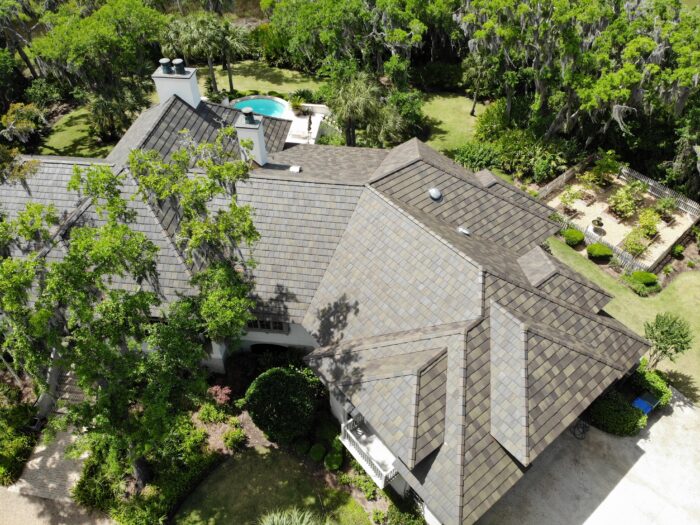The roof may be considered the most vulnerable part of any building—especially during a fire. Materials like shakes and shingles are at highest risk of catching fire and can contribute to the destruction of structures and those around them.
After a record and growing numbers of fires throughout the US, many homeowners, like those in California, have been faced with building restrictions to only include and use materials that are considered fireproof.
Many non-fire-resistant roofing products—like wood shakes, synthetics, or shingles— require expensive treatments that can have a short lifespan to meet fire codes. And once having caught fire, this roofing peels off and is lifted downwind, continuing to fuel further devastation.
Class A fire-rated roofing assemblies that include non-combustible terra-cotta roof tiles are the best way to fight the fire from the top down, according to Dan Harris, vice president of sales and marketing at architectural terra-cotta manufacturer Ludowici.
Codes & Regulations

Individuals should check local building codes as well as homeowner’s associations for guidance on fire retardant roofing. A building must meet specific code compliance, so it’s important to check with the city and county to determine what ordinances are in place that need to be followed. The Tile Roof Institute provides additional information.
“States, counties and townships all have different building codes and ordinances on the books,” Harris says. “Many cities in California are restricting, prohibiting, or banning the use of wood shakes.”
In California wooden shingles are prohibited from being installed on a 3:12 slope or roof that has a 14.04-inch angle. “While a 12/12 roof has a steep pitch, 3:12 is flatter, so if a wood ember lands on top, it won’t fall off,” Harris explains. “With steeper slopes a dangerous hot ember will fall or blow off on its own, reducing the risk of fire spreading.”
Benefits of Terra Cotta Roofing

While clay, slate, and wood are all natural materials, clay and slate are fire-resistant and noncombustible. Wood shakes require additional costly fire retardant treatments that will slow the spread of fire, but eventually, the wood will combust.
Ludowici’s terra-cotta tiles are fired at 2,100 degrees for 24 hours and are vitrified, or glass-like, Harris says. As a result the material will not burn. “The objective is creating a roofing assembly that resists burning and hot embers and can hold these off as long as possible,” Harris says. “With Ludowici’s noncombustible clay as a part of a Class A fire-rated roof assembly, the roof structure is better protected and gives those inside a burning building more time to evacuate.”
There are multiple classes of fire ratings, and each roofing system is graded based on the types of UL tests are run. Class A, the highest level, would have a lower flame spread and therefore a better performance rating than a Class C material. While Class A roofing materials can withstand 1,400 degrees for 10 minutes with an allowable flame spread of 6 feet maximum, a Class C material can only withstand 1,300 degrees for no more than four minutes with a 13-foot allowable flame spread.
Proven Results

A third party tested Ludowici’s terra-cotta tiles and roofing assembly and found them to meet the Class A fire rating. These testing facilities ensure that the test roof assemblies are built according to the company’s installation manual.
“For our testing the team built the roof assemblies per specification using proper decking, underlayment and attachment methods,” Harris says. “These completed assemblies were forklifted into the burn area, burning brands placed on the tile, and a large fan simulated high winds to stoke the flames. This test ran for the allotted time before the test engineer extinguished the flame; after the test the assembly was inspected. The tile did not burn.”
In addition to fire resistance Ludowici also performs wind and hail testing with various tiles, attachments, fasteners, and adhesives to ensure these can withstand hurricane force winds.
With terra-cotta tiles time will not impact the material’s fire resistance abilities. “Over time wood degrades from sun, rain and snow, causing mildew, mold, moss, lichens, and rot over time,” Harris says. “There are treatments to prolong and protect it for 20 to 40 years.”
By contrast Ludowici’s terra-cotta tiles are made from a material that lasts more than 100 years with no treatments, and the company provides a 75-year material and color-fast warranty.
Founded in 2009 by publisher Chris Howe, gb&d (Green Building & Design) connects and inspires green building professionals by partnering with those at the forefront of sustainable design, development, planning, and policy. As a trusted source for the world’s top architects, builders, and developers, gb&d showcases projects, products, and trends with sustainability and social responsibility as their top priority.

